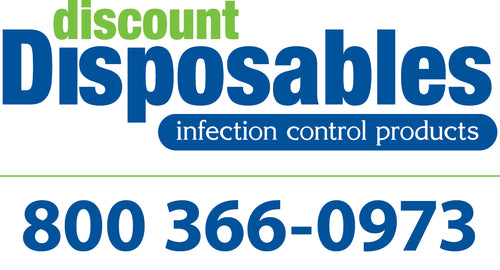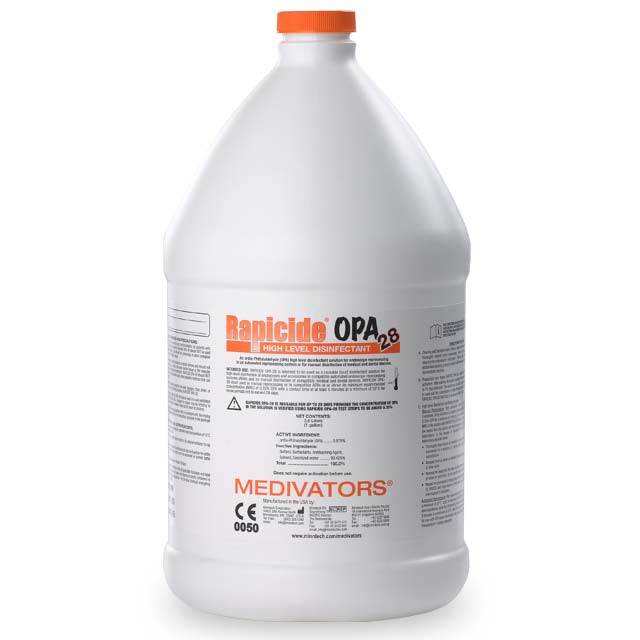Heat-sensitive instruments can be sterilized or high-level disinfected by soaking them in a liquid chemical germicide cleared by the FDA. When choosing between products to use for reprocessing patient care items, looking at Spaulding's Classification System for practice standards can help you choose the best product for your office.
There are three categories of patient-care items depending on their intended use and the potential risk of disease transmission. They are designated as:
- Non-critical
- Semi-critical
- Critical
The chart below defines these categories.
Spaulding's Classification System |
|
| Category | Description |
|---|---|
| Non-Critical Instruments and Devices |
|
| Semi-Critical Instruments |
|
| Critical Instruments |
|
Understanding the categories and risk of transmitting infection is just one component of the question. Understanding the different products available and choosing the product that works best in your office is another component. There are many cold sterilants and high hevel disinfectants to choose from.
We've researched the market for you and have narrowed down the choices, making your job much easier. The chart below includes information on various types of germicidal solutions, the intended use, and features and benefits.
High Level Disinfection |
||
Solution:
The disinfecting mechanism of Ortho-phthalaldehyde (OPA) is thought to be similar to glutaraldehyde. A notable difference is the percent of active ingredient in each product. Although OPA may pose similar occupational hazards to glutaraldehyde, the risk is significantly reduced due to the low percentage of OPA and relatively low vapor pressure of OPA-based products. |
||
| We Recommend: | Things to Consider: | |
| Rapicide OPA/28 |
|
|
Cold Sterilization Solutions |
||
Solution:
Glutaraldehyde is used as a cold sterilant to disinfect heat sensitive instruments. It has been commonly used for years, is effective and inexpensive. It has a pungent odor and can cause repiratory problems if there isn't proper ventilation. |
||
| We Recommend: | Things to Consider | |
|
Medica 28 Plus |
|
|
Solution:
Hydrogen peroxide is another chemical sterilizing agent. Hydrogen peroxide is strong oxidant and these oxidizing properties allow it to destroy a wide range of pathogens and it is used to sterilize heat sensitive articles. Since hydrogen peroxide is a strong oxidant, there are material compatibility issues. |
||
| We Recommend: | Things to Consider | |
|---|---|---|
| Sporox II |
|
|
Solution:
Peracetic Acid is also an oxidizing agent. Often mixed with hydrogen peroxide, peroxyacetic acid is used as a disinfectant and sanitizer |
||
| Compliance |
|
|
Confusing? Please feel free to give us a call to discuss your specific needs. We are here to help!
Be on the lookout for our next blog post where we discuss testing and disposal of High Level disinfectants and Cold Sterilants.

